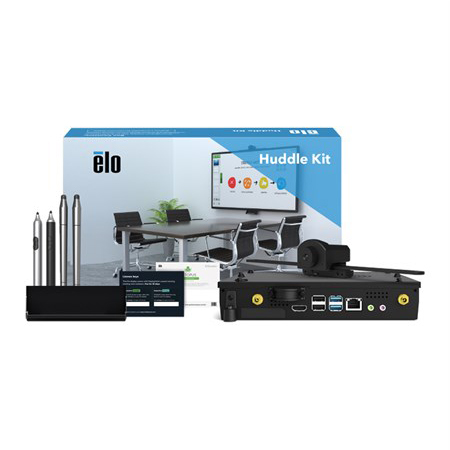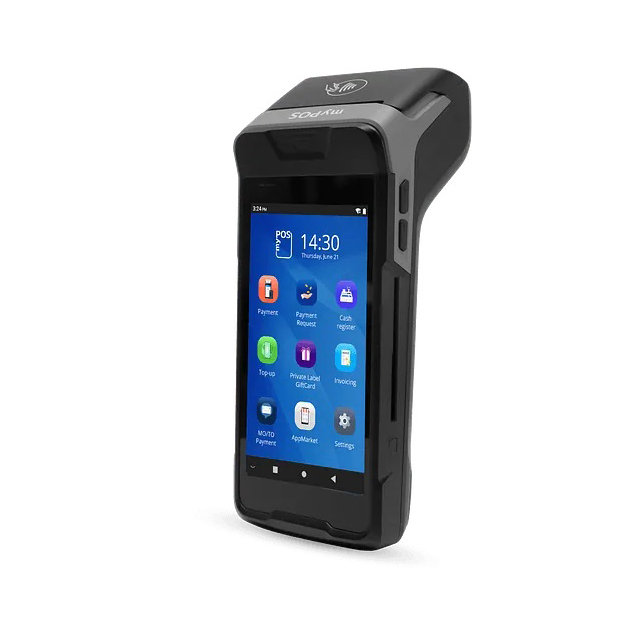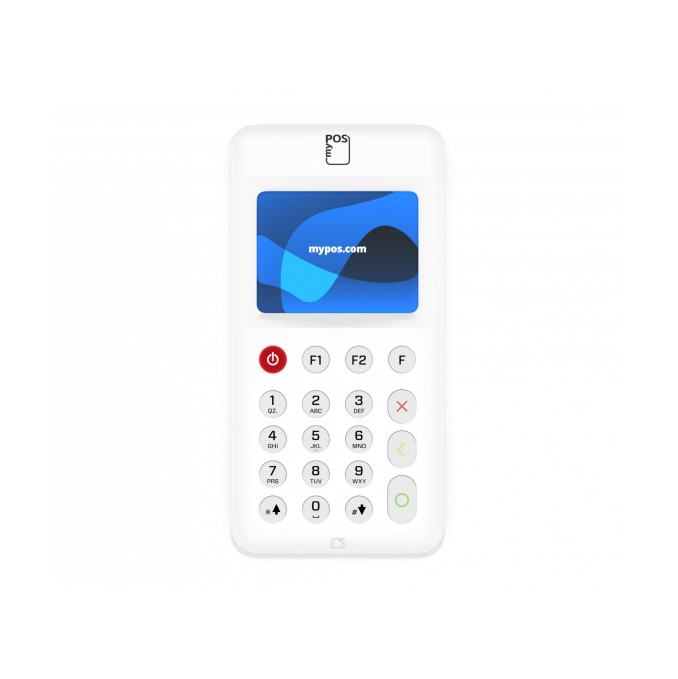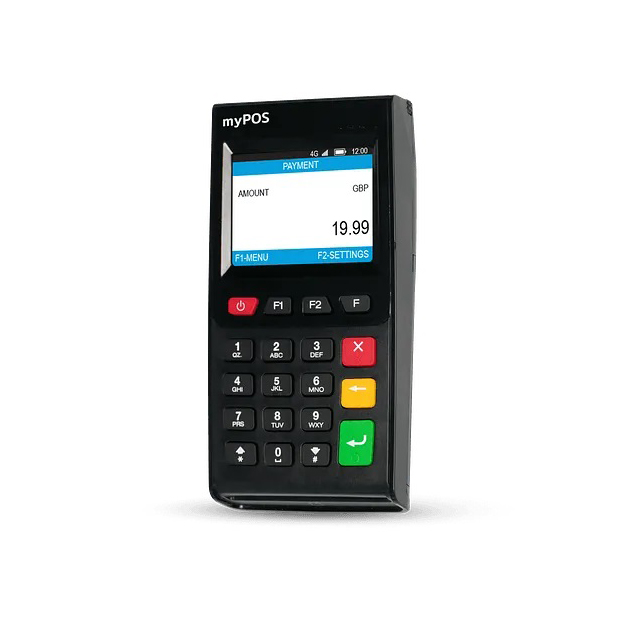Elo I-Series 2.0 for Android AiO Touchscreen Monitor, Android 7.1, 15.6-inch, HD 1366 x 768 display/HD 1920 x 1080 IPS display, ARM A53 2.0-GHz Octa-Core Processor, 2GB/3GB RAM, 16GB/32GB Flash, Projected Capacitive 10-touch, Clear, Wi-Fi, Ethernet, Bluetooth 4.1
Digital signages refers to the use of digital displays, such as LCD, LED, or projection screens, to convey information, advertise, or communicate messages to a targeted audience. These displays are typically managed and controlled through a content management system (CMS) or software, allowing for dynamic and remotely controlled content. Digital signage is widely used in various industries and environments for advertising, information dissemination, branding, and interactive experiences.
Here are key aspects and features of digital signage:
- Digital Signages Components:
- Display Screens: LCD, LED, or projection screens are used to showcase digital content.
- Media Players: Devices that play and display digital content on the screens.
- Content Management System (CMS): Software for creating, scheduling, and managing content.
- Connectivity: Network connections to enable remote content updates.
- Applications of Digital Signage:
- Retail: Advertising products, promotions, and enhancing the in-store customer experience.
- Hospitality: Displaying event schedules, menus, and welcome messages in hotels, restaurants, and resorts.
- Corporate: Communicating company news, announcements, and employee information.
- Transportation: Providing real-time information on schedules, routes, and delays in airports, train stations, and bus terminals.
- Education: Displaying announcements, event information, and educational content in schools and universities.
- Healthcare: Offering wayfinding information, health tips, and waiting room entertainment in hospitals and clinics.
- Public Spaces: Providing news, weather updates, and emergency information in public areas.
- Entertainment: Showcasing movie trailers, upcoming events, and interactive experiences in entertainment venues.
- Key Features of Digital Signage:
- Dynamic Content: Ability to display dynamic and engaging content, including videos, animations, and live data feeds.
- Remote Management: Content can be updated and managed remotely through a centralized CMS.
- Scheduling: Content scheduling allows for the automatic display of specific messages at designated times.
- Interactivity: Some digital signage systems support touchscreens or sensors for interactive user engagement.
- Content Templates: Pre-designed templates make it easy to create visually appealing content.
- Scalability: Digital signage systems can be scaled to accommodate various screen sizes and numbers of displays.
- Digital Signage Trends:
- Integration with Data Sources: Connecting with data sources to display real-time information, such as social media feeds, weather updates, and live news.
- Personalization: Tailoring content based on audience demographics, preferences, or behavior.
- Augmented Reality (AR) and Virtual Reality (VR): Incorporating AR and VR elements for interactive and immersive experiences.
- Artificial Intelligence (AI): Using AI to analyze audience behavior and adjust content accordingly.
- Energy Efficiency: Embracing energy-efficient displays and technologies.
- Challenges and Considerations:
- Content Relevance: Ensuring that displayed content is relevant and engaging for the target audience.
- Security: Implementing security measures to protect against unauthorized access and content manipulation.
- Content Creation: Developing visually appealing and effective content that aligns with the brand or message.
- Maintenance: Regular maintenance to ensure the proper functioning of hardware and software components.
Digital signage has become an integral part of modern communication strategies, providing organizations with a versatile and dynamic platform to engage audiences, convey information, and enhance the overall user experience. The technology continues to evolve with advancements in display technology, connectivity, and content creation tools.

















